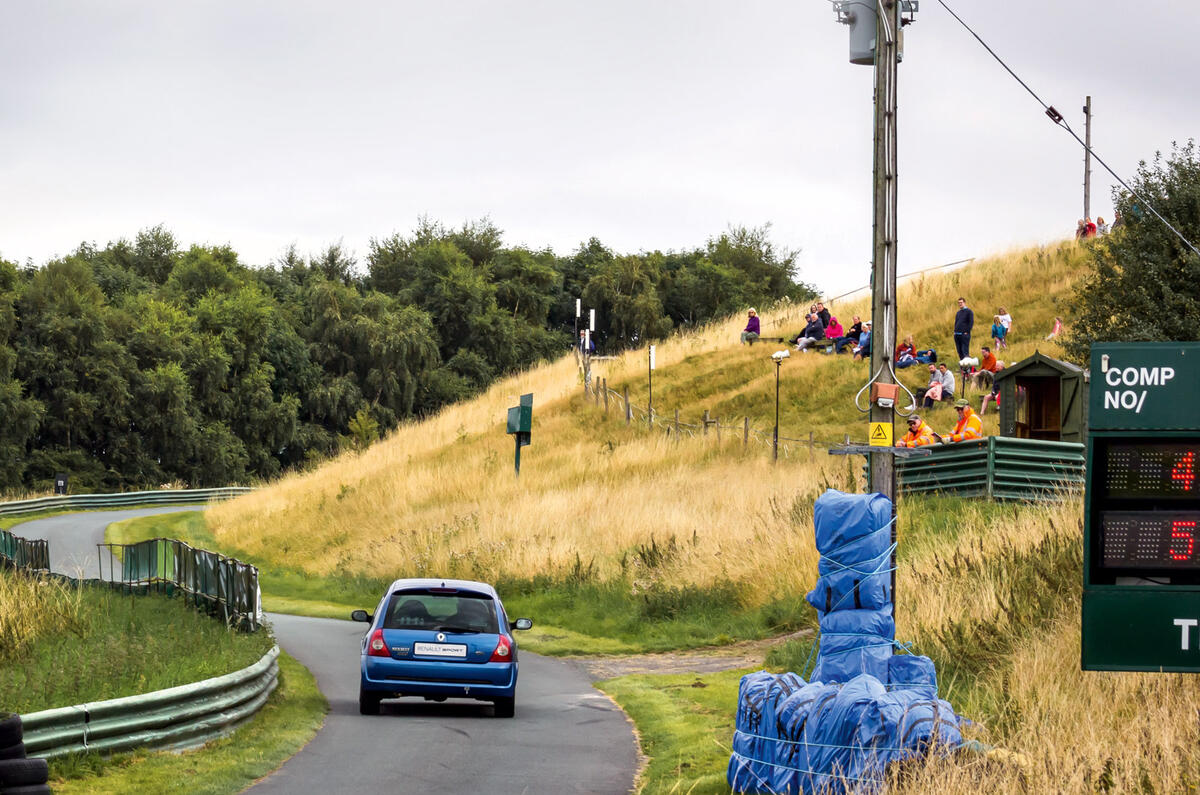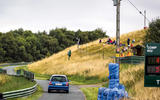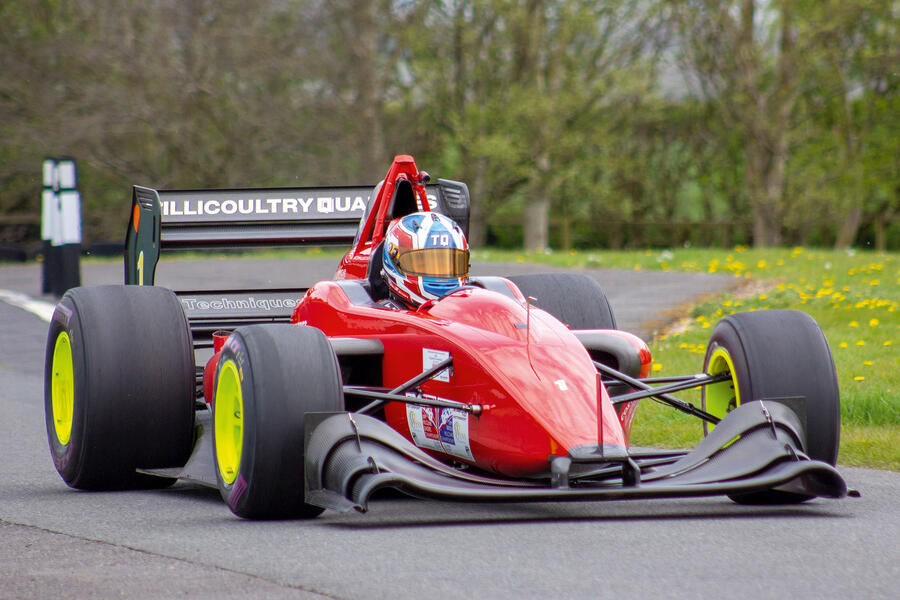It will never be as popular as Formula 1, but the humble world of hillclimbing is home to some of the most – and, to be fair, least – powerful cars in the world and some of the closest competition.
There aren’t many other echelons of motorsport where you can walk around the same paddock to find an OMS 28 and a Citroën 2CV, and this is one of the fundamental allures of hillclimbing for many. The breadth and depth of cars in any one event is impressive, and for enthusiasts, it’s often a joyous combination of bangers and flash.
The essentials of hillclimbing are as simple as they come: to drive your car from the bottom of a hill to the top of it as quickly as possible. No wonder it’s one of the oldest forms of motorsport.
There are just under 30 hillclimb venues in the UK, mostly privately owned venues, with Harewood in Yorkshire being the longest, at 0.86 miles. The most powerful cars can complete most hills in well under a minute.
The hillclimb season across Britain runs from late spring to the end of summer, in theory capitalising on the best of the weather, but usually a round or two is spent huddling under an umbrella questioning your life choices. Hey, we did say the season took place in the British summer.
Hillclimbing is like endurance racing, having multiple classes, but with less in the way of sleep deprivation and only one car on the track at a time – such is the nature of a ‘time trial’-style event. The classes are there to separate the different types of cars into fairer groups of competition. This is usually done based on engine size and modifications within each type of car; for example, a road-going 1.8-litre car will be in a separate class to a 1.1-litre equivalent.

































Join the debate
Add your comment
Thank you for a great article about one element of clubmans motorsport!
The other disipline in 'speed' events is "sprinting" which is more accessible to beginners as there are far more events across the country! You are timed against the clock and it is just you on the track, so it is all in your own pace and capability. The events are governed and controlled to the same standards as hillclimbs, but are more flexible to the beginner and the type of car you may wish to use. Seek out your local "Motorsport UK" registered motorsport club!
Top tip from competing years ago in road car classes that required road tyres. Drive to the event on the tyres you're going to use to scrub them in so that they work from the first run
Autocar is becoming unreadable. The text moves about and flashes off and reappears (this is on a windows computer)
When you have problems like that, it will help the website developers, if you say what web browser you are using and the version number.